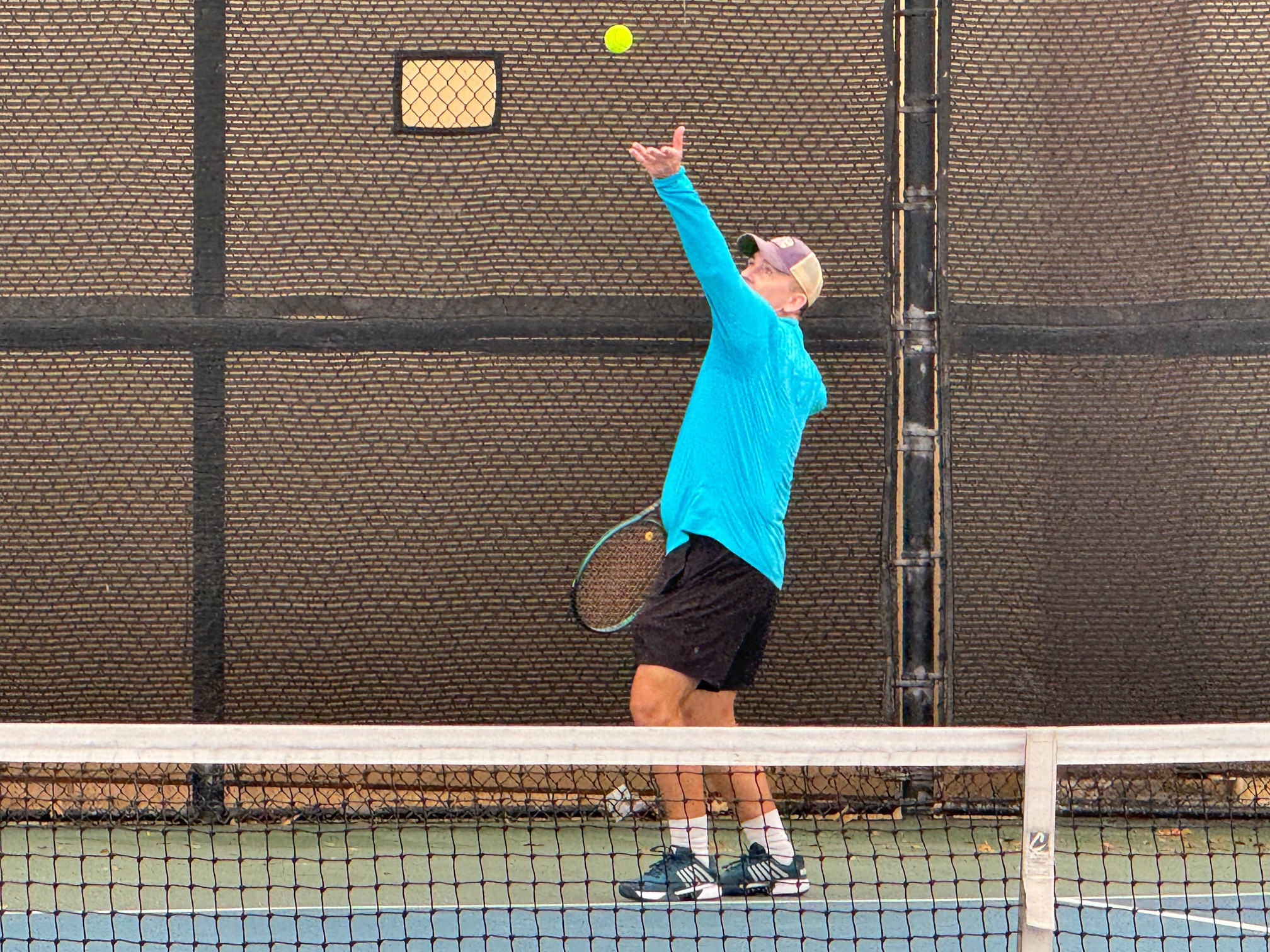It is pretty common in doubles for two doubles players to simultaneously attempt to play a ball resulting in a clash of racquets. While this happens most frequently at the net, it can actually anywhere on the court with one exception. It would be bizarre for it to occur on the service or the return of service. Given the frequency of racquet clashes, the need for an unambiguous interpretation is necessary.
USTA Comment 24.1: Does the clashing of rackets make the return illegal?
No, unless it is clear that more than one racket touched the ball.
USTA Friend at Court, ITF Rules of Tennis, Section 24
I need to highlight that this is a USTA comments rather than a part of the ITF Rules of Tennis. USTA comments to the rules are only binding when the USTA is the sanctioning body of a competition. I perceive that the position of expressed in this USTA comment is universal , but it is possible that there is another sanctioning body that has an alternative interpretation.
In USTA sanctioned play, if two players make a play on the ball and their racquets make contact, the point continues unless it is clear that more than one racquet touched the ball. This makes sense from a continuous play perspective and also complies with the laws of physics.
Surprisingly, given my general lack of speed and hustle, racquet clashes occur with a regular frequency in my matches. Most of the time I have no idea if me or my partner was the one that actually contacted the ball. On more than one occasion I have had an opponent claim that if I do not know who hit the ball then it is an illegal return. Nice try, but that is not a part of the USTA interpretation of the rule.
Per the laws of physics, it is almost impossible for two racquets to both touch a ball in play and still come into contact to create the characteristic clash sound. The clash is caused by the striking plane of one racquet contacting the backside of the other racquet. The trailing racquet cannot contact the ball because the leading racquet is in the way.
I think the USTA definitely has this one right. Continuous play wins out over stopping the point to argue over a strike of the ball that per the laws of physics is moot argument anyway.
- United States Tennis Association (2020) Friend at Court. White Plains, NY



